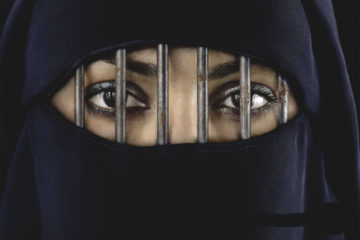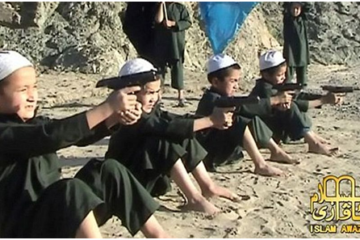Terrorism is a both complex and extreme behavior closely interrelated with marketing campaigns for mass killing. In the old days of postmodern Islamic terrorism Osama bin Laden was a brand like Clint Eastwood, Starbucks or Porsche. This photogenic terrorist celebrity had
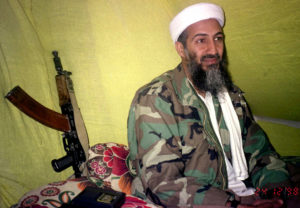
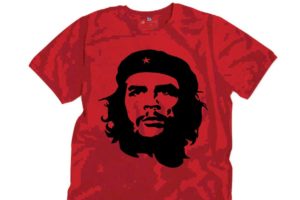
dyed his beard, wore an army jacket like the eternal revolutionary icon Che Guevara, and demonstratively always kept an AK-47 next to him when appearing on video. Another famous terrorist front man, Facebook and YouTube star, was Anwar al-Awlaki. A person who used to pose in white robes as a lecturing imam when recruiting and motivating.
It is indisputable that a brand in itself can’t exist without a product. The quality and aesthetic attractiveness of a product makes the brand valuable. Consequently, the more successful a product is, let’s say a particular BMW car, the more popular the brand of the manufacturer

becomes. This principle works for terrorist organisations as well. The brand Al Qaeda derived its popularity from the aesthetic attractiveness of its product; mass killing. The 9/11 (Porsche)
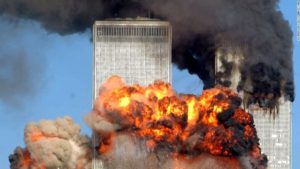
attack on the Twin Towers was designed from the very beginning as a product with awesome aesthetic qualities. The German avant-garde composer Karlheinz Stockhausen went so far to label this unparalleled terrorist attack as a great work of art. But things are different today!
Without bin Laden and al-Awlaki Islamic terrorism has become literally speaking faceless. There are nowadays too many unrecognizable terror sub-brands and too many terror affiliates in too many terrorized parts of the world. Only one terror brand, ISIS, is still making headlines with its product which is professionally linked to the brand and its image. And this link is primarily created through fashion and accessories.
Fashion is an enormously important aspect in most people’s everyday life. Simply because what we wear is how we present ourselves to the world. We are always eager to know what others will see when they see us. That’s why we spend some time in front of the mirror before leaving our homes. The most popular ideogram for fashion is the fashion show. In a typical fashion show models walk the so called catwalk to demonstrate the clothing and accessories created by the designer.

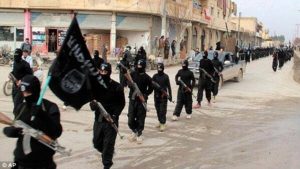
Fashion shows reveal a striking similarity to military parades since both events are structured in the same way. The only difference is that military parades do not show clothing as a tool for individual differentiation but a particular dressing code implemented in order to emphasize mental uniformity. And that’s exactly what ISIS was doing when it presented in conquered cities parades of black dressed murderers in front of Toyota Trucks decorated with black flags. This jihadist “ready to kill” impression management had always the intended impact. A closer look at the fighters at these parades shows that their essential ISIS fashion accessories, apart from the balaclava and the mandatory martyrs headband, is a somewhat oversized CASIO watch, a camouflage t-shirt, a ridiculously cheap looking ring and a BERETTA.
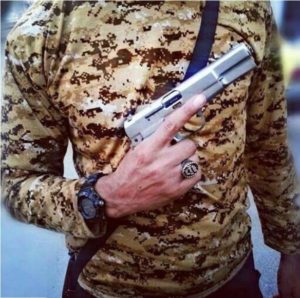
Remarkably, handgun and ring indicate a certain fondness for Hollywood-style Mafioso kitsch, insofar as this combination is obviously inspired by the characteristic appearance and outfit of ambitious young professional killers in gangster films and TV series.

Ku Klux Klan and fascist style clothing is on the market since a long time ago. ISIS branded clothing is since years available as well. There is obviously a big online market for clothing bearing the terrorist group’s name and logo. The terror organization, known for its ban on NIKE-branded stuff and hatred for skinny jeans, has created a “Jihadi Cool” fashion line of t-shirts, tote bags, strappy tops, and even baby clothes.

Like many other brands ISIS always had and still has an enormous so called “image problem”. Whenever a brand is facing image problems a certain countermeasure is close at hands. ISIS had already successfully managed to present such things as unprecedented brutality and sex-slavery as really “cool” stuff for supporters and mindless gawkers. But it was the excursion into fashion that gave ISIS the ultimate chance to show its “innovative” character. After all, fashion is big business and so is terrorism.
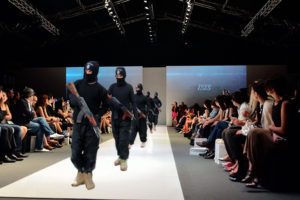
Therefore, it’s only logical that the two phenomena are trying to create the best possible synergy. It certainly doesn’t come as a surprise when reading in ‘The Guardian’ that “the popular Mohammed’s Jihadist Fashion House has released a full line of ISIS Jihadist’s men’s fashion and accessories which were shown at the annual Osama bin Laden Jihadist Fashion Show in downtown London this weekend.” The sheer fact that it is not immediately clear if this is meant to be satire or not could be an alarming sign.
